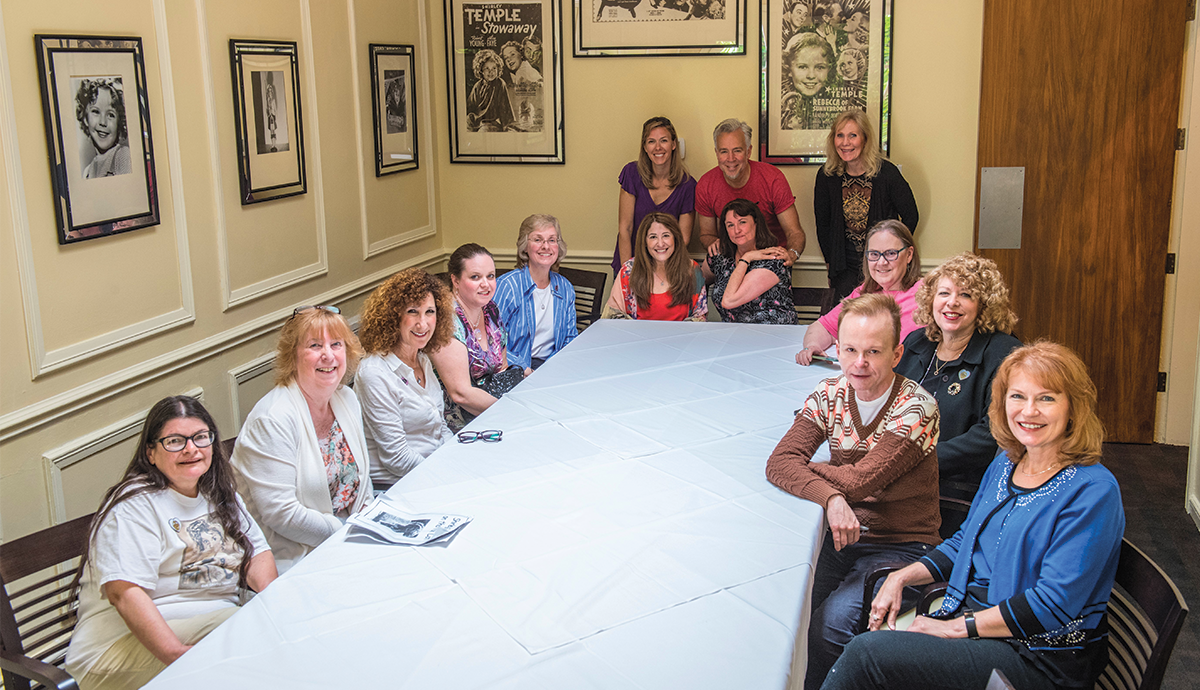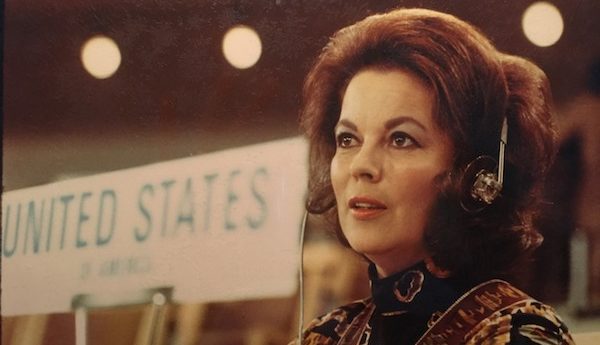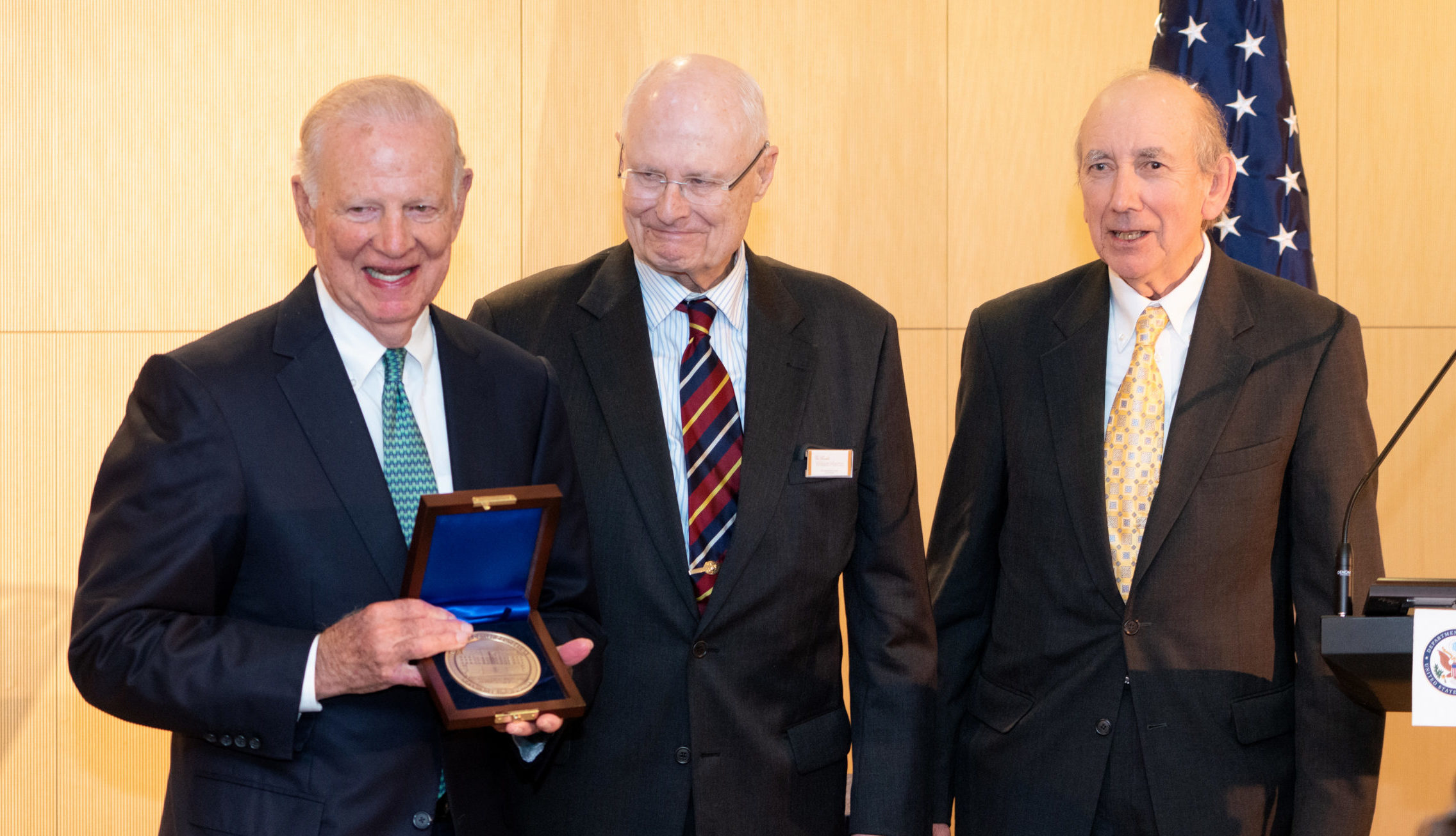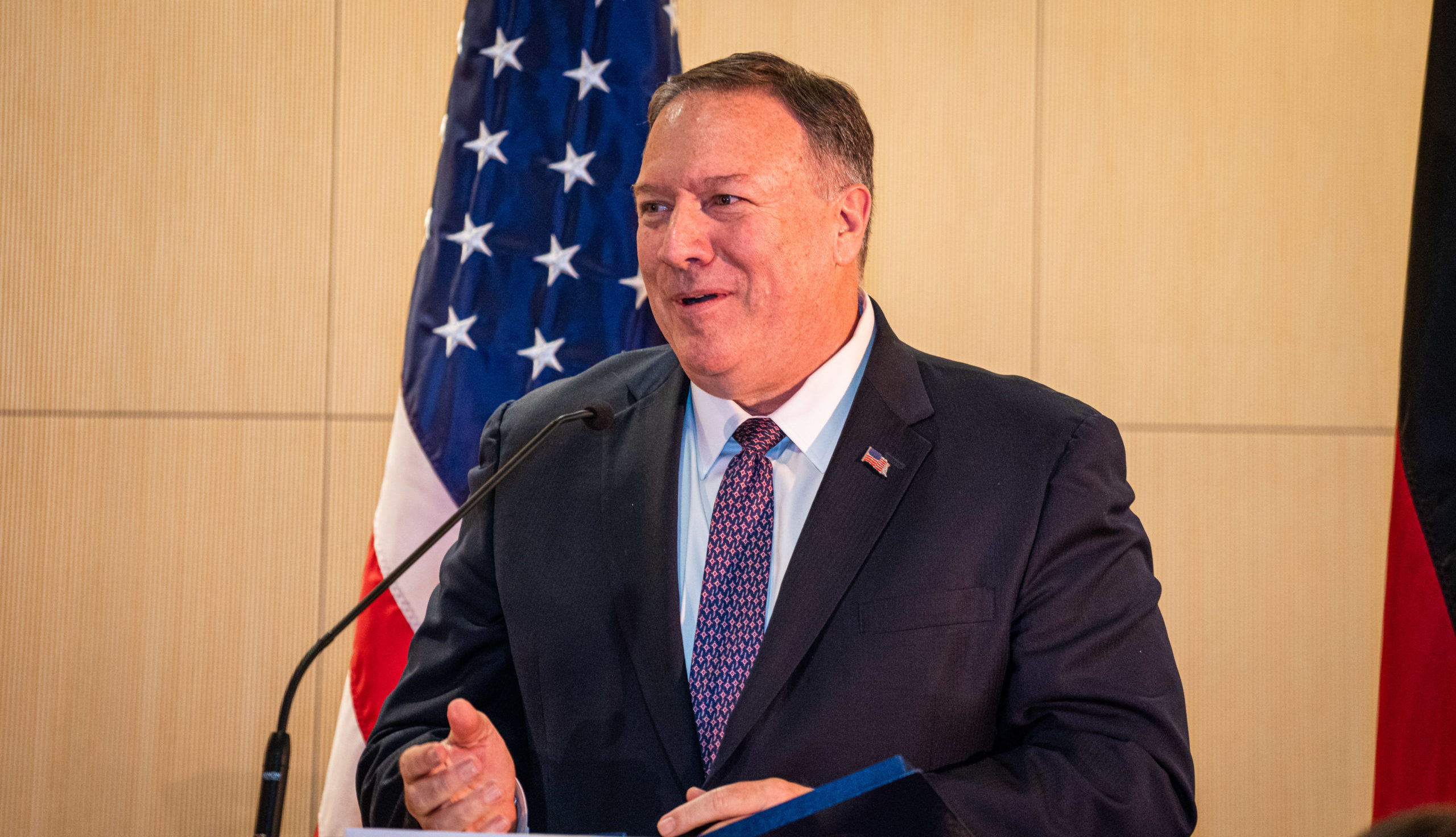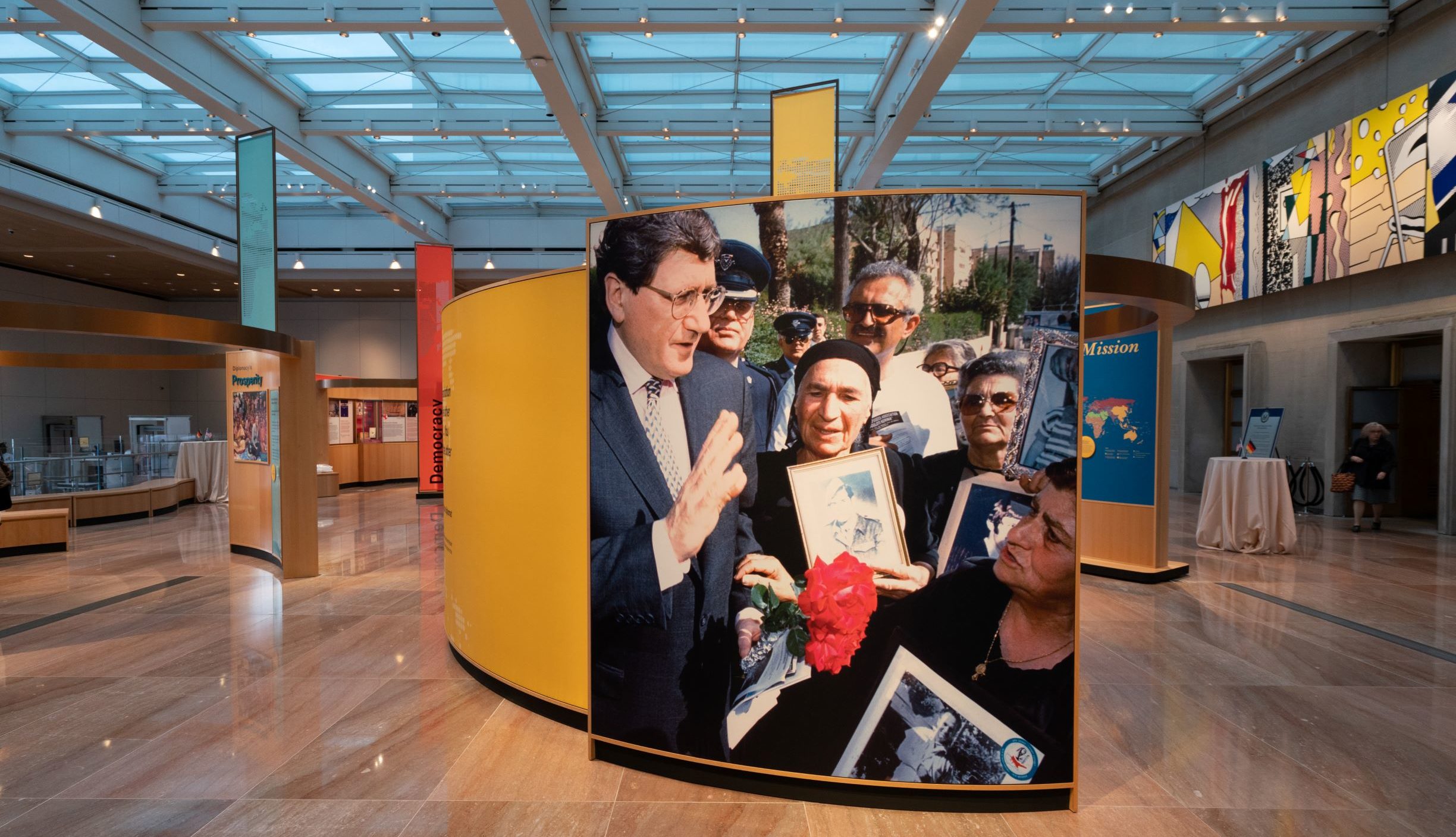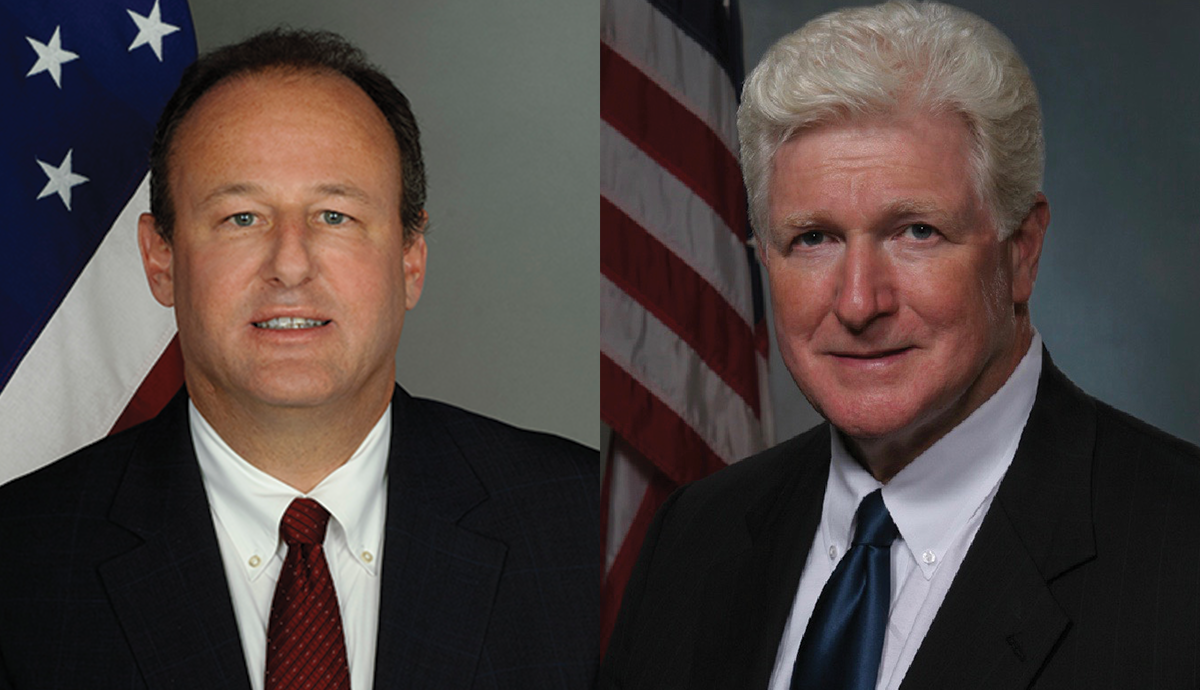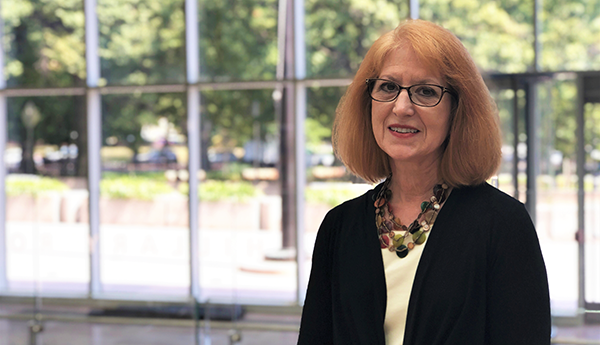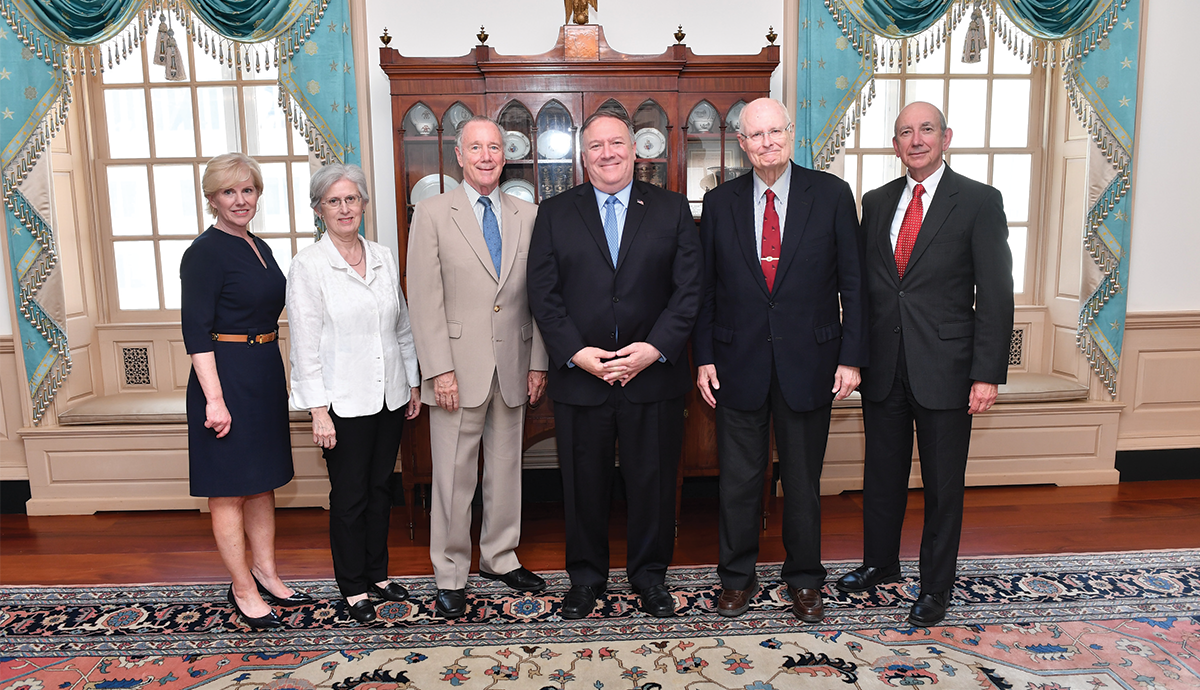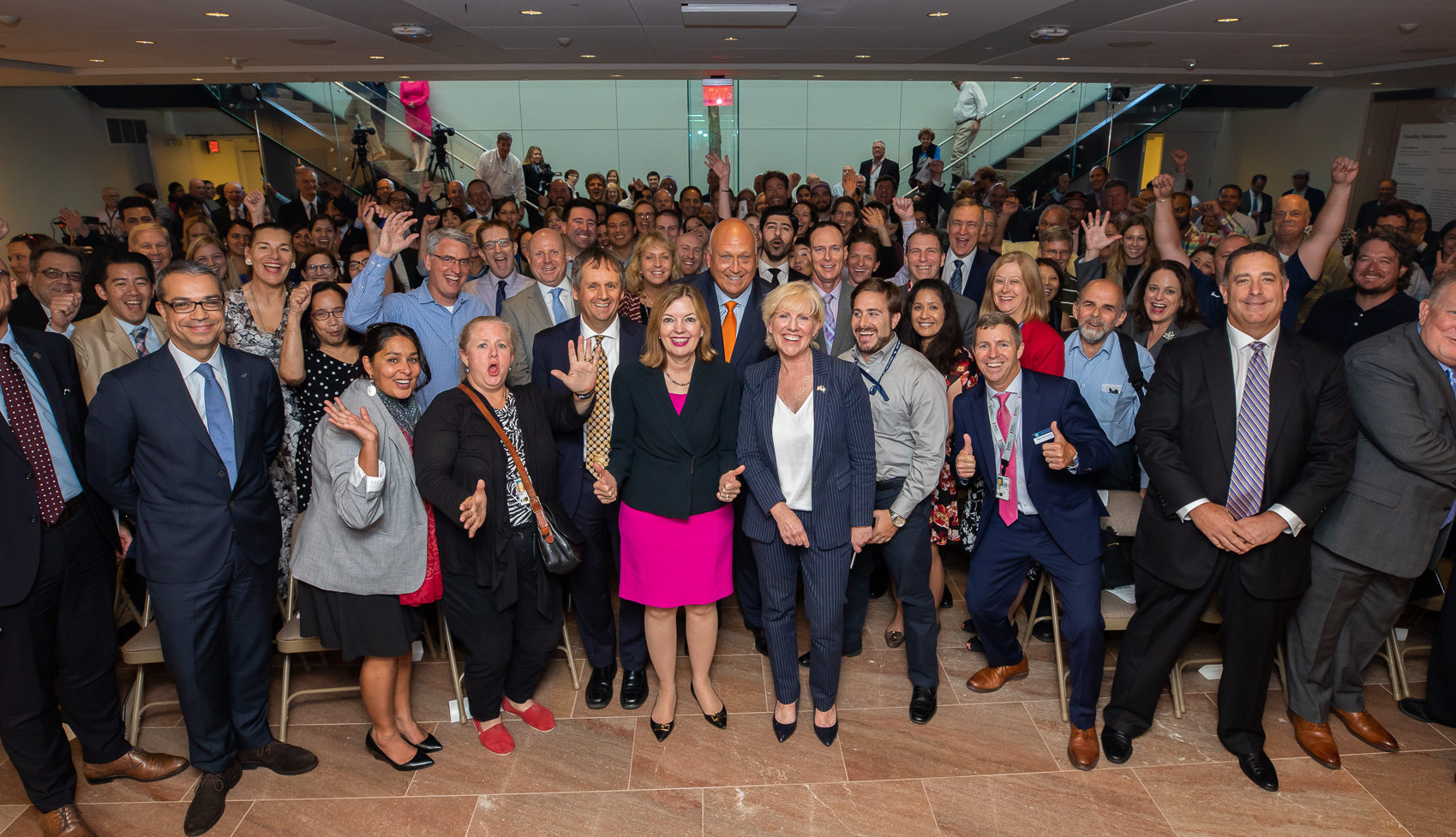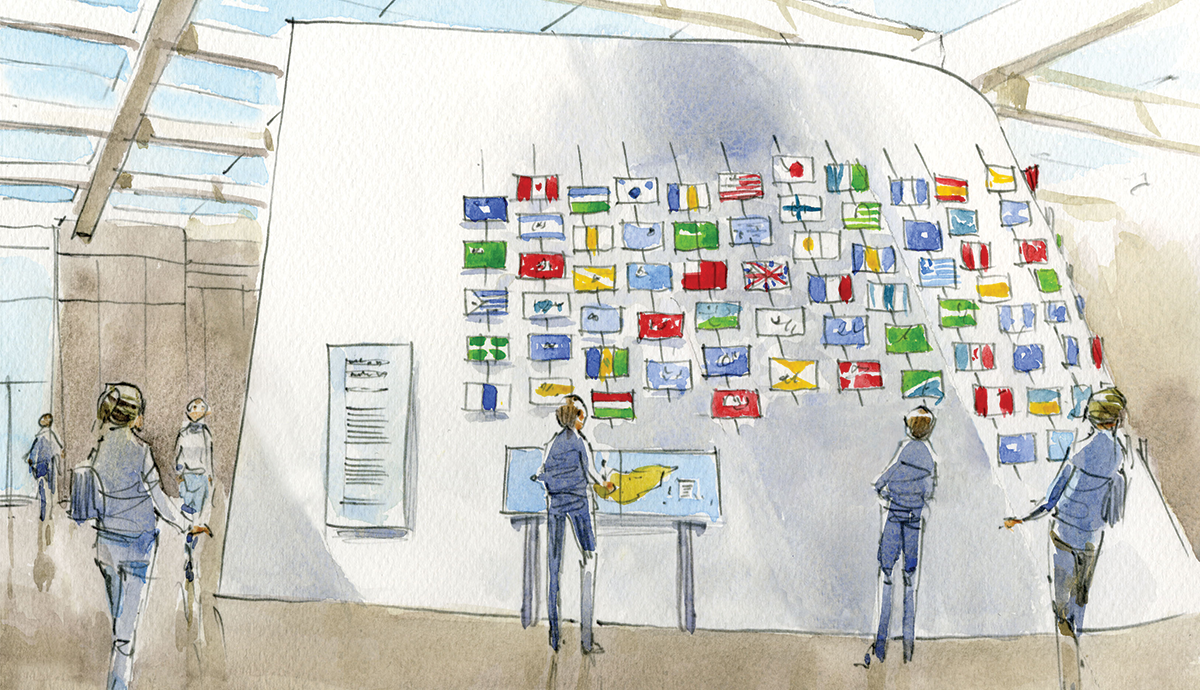
The Diplomacy Center Foundation has received new support from the Koret Foundation that will aid in the creation of new temporary and permanent exhibits at the National Museum of American Diplomacy (NMAD).
With the support of the Koret Foundation, NMAD will highlight the strong bilateral relationship that the United States shares with Israel through public programs and permanent and temporary exhibits. In recognition of over 70 years of diplomatic relations, NMAD will highlight the history and development of US-Israel relations in the Diplomacy Is Our Mission spotlight exhibit. Previous exhibits featured the Great Seal of the United States and diplomat Dr. Ralph J. Bunche.
In the permanent museum, scheduled to open fully to the public in 2022, Hall I’s “Diplomacy Is Relationships” exhibit will give visitors the opportunity to learn about bilateral relationships. The exhibit will feature 190 flags from the countries that maintain official diplomatic ties with the United States. Interactive kiosks will highlight contemporary issues and the diplomatic history between the United States and other countries, including Israel. Visitors will better understand the United States’ many bilateral relationships through the kiosks and accompanying media that include historical footage, photographs, and items from the NMAD collection.
NMAD will also highlight the bilateral relationship between the United States and Israel through its education programs. On January 27, 2020, NMAD commemorated Holocaust Remembrance Day by hosting high school students for a screening of 50 Children: The Rescue Mission of Mr. and Mrs. Kraus and a discussion with Deborah Guido-O’Grady, a senior advisor in the US Department of State’s Office of the Special Envoy for Holocaust Issues.
The Diplomacy Center Foundation thanks the Koret Foundation for their support of the National Museum of American Diplomacy!
Image: Drawing of “Diplomacy Is Relationships” exhibit (courtesy of C&G Partners).

